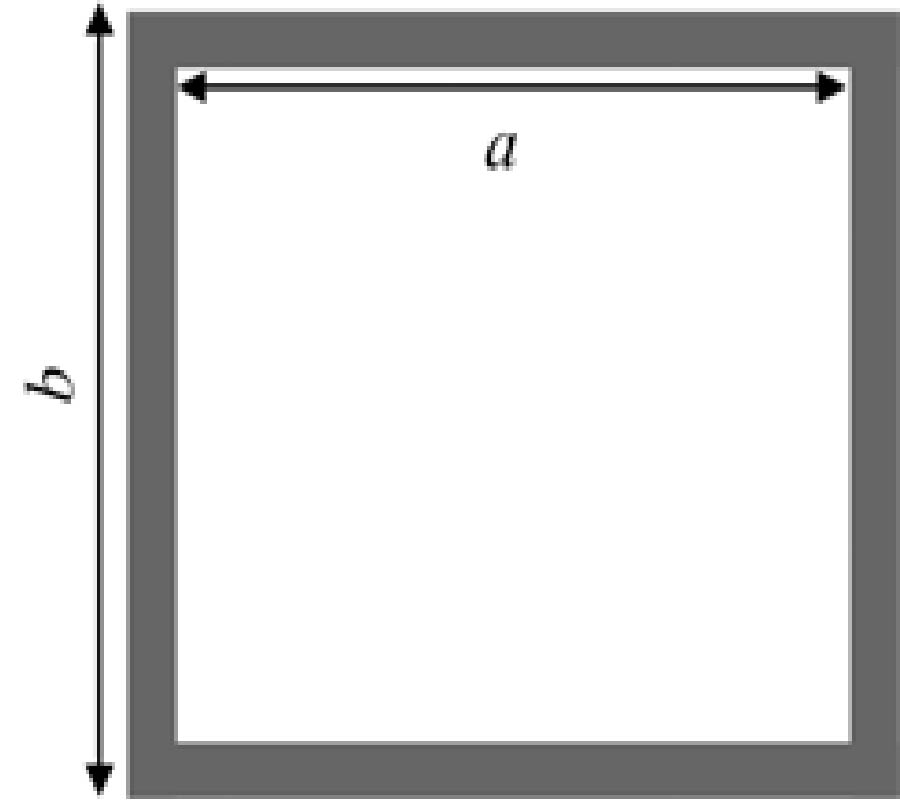A Novel Pattern and Frequency Reconfigurable Microstrip Parasitic Array
Qiaona Qiu,
Shu-Xi Gong,
Yun-Xue Xu,
Yu Cao,
Pei Duan and
Cheng Chen
In this paper, a novel pattern reconfigurable microstrip parasitic array is proposed, which is similar to the microstrip Yagi antenna. The antenna is printed on a dielectric substrate and has a probe feeding center strip with two parasitic strips on both sides of a higher plane. The driven patch is equipped with four RF PIN diodes by which we can change the antenna's state and vary its frequency at 2.1 GHz, 2.4 GHz and 2.6 GHz respectively. Each of the parasitic patches is equipped with six switched connections symmetrically which is utilized as a director or a reflector for pattern reconfiguration. Compared with conventional antenna, the proposed antenna combines both radiation pattern reconfiguration and frequency reconfiguration together, and by raising the plane of the dielectric substrate of the parasitic patch, the tilt angel of this antenna's maximum radiation direction is lager and the gain is higher.



















